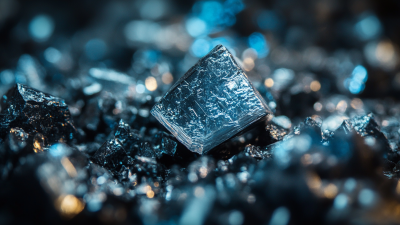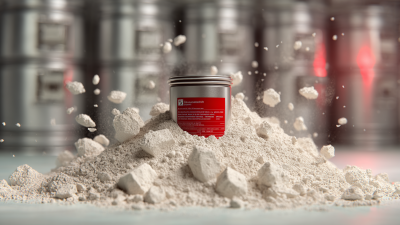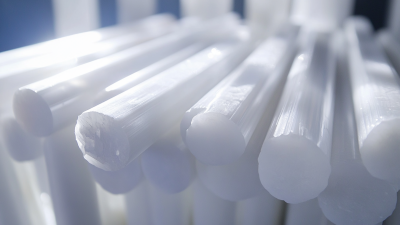Aluminium Oxynitride, often abbreviated as ALON, stands at the forefront of modern materials science, garnering attention for its unique combination of properties such as exceptional hardness, transparency, and resistance to extreme conditions. According to a report by MarketsandMarkets, the global advanced ceramics market is projected to reach USD 115.8 billion by 2027, highlighting the increasing demand for high-performance materials like Aluminium Oxynitride across various industries including aerospace, defense, and optics.
 The versatility of ALON allows it to be utilized in applications ranging from bulletproof windows to laser optics, underscoring its significance in enhancing performance and safety standards. As industries continue to innovate and seek stronger, lighter materials, the exploration of Aluminium Oxynitride's innovative applications promises to redefine technological boundaries, driving future advancements in sectors critical to modern society.
The versatility of ALON allows it to be utilized in applications ranging from bulletproof windows to laser optics, underscoring its significance in enhancing performance and safety standards. As industries continue to innovate and seek stronger, lighter materials, the exploration of Aluminium Oxynitride's innovative applications promises to redefine technological boundaries, driving future advancements in sectors critical to modern society.
Aluminium oxynitride, known for its exceptional optical and mechanical properties, is increasingly being recognized in the aerospace industry as a game-changer. Recent studies highlight that this advanced ceramic material offers outstanding transparency across a wide range of wavelengths, making it an ideal candidate for aircraft canopies and protective windows. According to a report by the Research Institute of Aerospace Materials, the lightweight nature of aluminium oxynitride, alongside its superior hardness that surpasses that of traditional glass, enhances not only the safety of pilots and passengers but also contributes to improved fuel efficiency by reducing the overall weight of the aircraft.
Moreover, aluminium oxynitride's unique ability to withstand extreme temperatures and harsh environments further cements its position in aerospace applications. A 2023 market analysis from Space Tech Analytics indicates that the adoption of aluminium oxynitride in aerospace is projected to grow by 15% annually, driven by its use in advanced stealth and surveillance aircraft. Its performance in parts such as infrared optics and sensors demonstrates significant advantages, opening avenues for innovation in military aviation. As the aerospace sector continues to pursue lighter, more efficient materials, aluminium oxynitride is poised to play a critical role in shaping the future of aerial technology.
Aluminium oxynitride, often referred to as ALON, is making significant strides in the realm of optical technologies, thanks to its remarkable properties that combine the best of ceramics and glass. Its unique chemical structure endows ALON with exceptional hardness, transparency, and resistance to scratching and thermal shock. These characteristics make it an ideal candidate for various optical applications, from military-grade windows to sophisticated camera lenses in high-end devices. By integrating ALON coatings, manufacturers can enhance the durability and performance of optical systems, ensuring they withstand harsh environments while maintaining clarity and precision.
Moreover, ALON's ability to operate effectively across a wide spectrum of wavelengths—from ultraviolet to infrared—opens the door to innovative applications in fields like aerospace and telecommunications. Coating optical components with aluminium oxynitride not only improves their lifespan but also optimizes their performance in energy transmission and signal clarity. As industries continue to push the boundaries of technology, the adoption of ALON coatings represents a promising advancement, merging durability and functionality in groundbreaking ways. This transformative material is poised to redefine standards in optical manufacturing, paving the way for more resilient and efficient optical devices.
Aluminium oxynitride, often referred to as ALON, has emerged as a pivotal material in the field of defense and security equipment due to its remarkable properties. With a hardness comparable to sapphire, this polycrystalline transparent ceramic is not only lightweight but also possesses exceptional strength and resilience. These characteristics make it an ideal candidate for protective armor used in military vehicles and personal protective gear. Its ability to withstand extreme conditions while providing optical clarity makes ALON a preferred choice for advanced sighting systems and transparent armor solutions.
In addition to its use in traditional protective applications, ALON is also making waves in the development of cutting-edge surveillance equipment. The material's unique light transmission properties enable enhanced imaging capabilities, which are crucial for reconnaissance missions. Moreover, its resistance to thermal shock and environmental degradation further extends its utility in harsh operational settings. As defense industries continue to seek innovative materials that offer superior performance while reducing weight, aluminium oxynitride stands out as a game-changer, promising to redefine standards in security and defense technology.
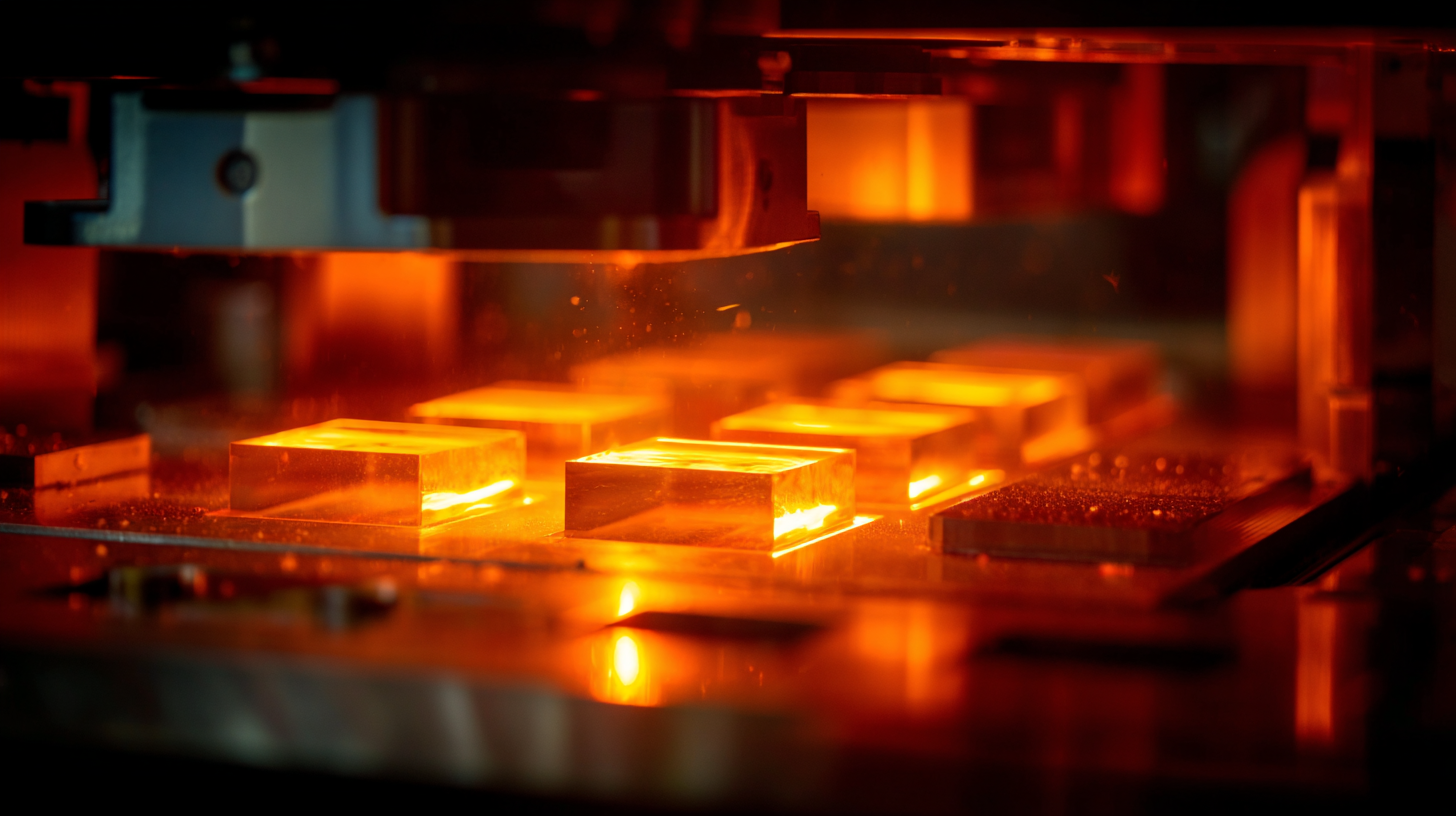
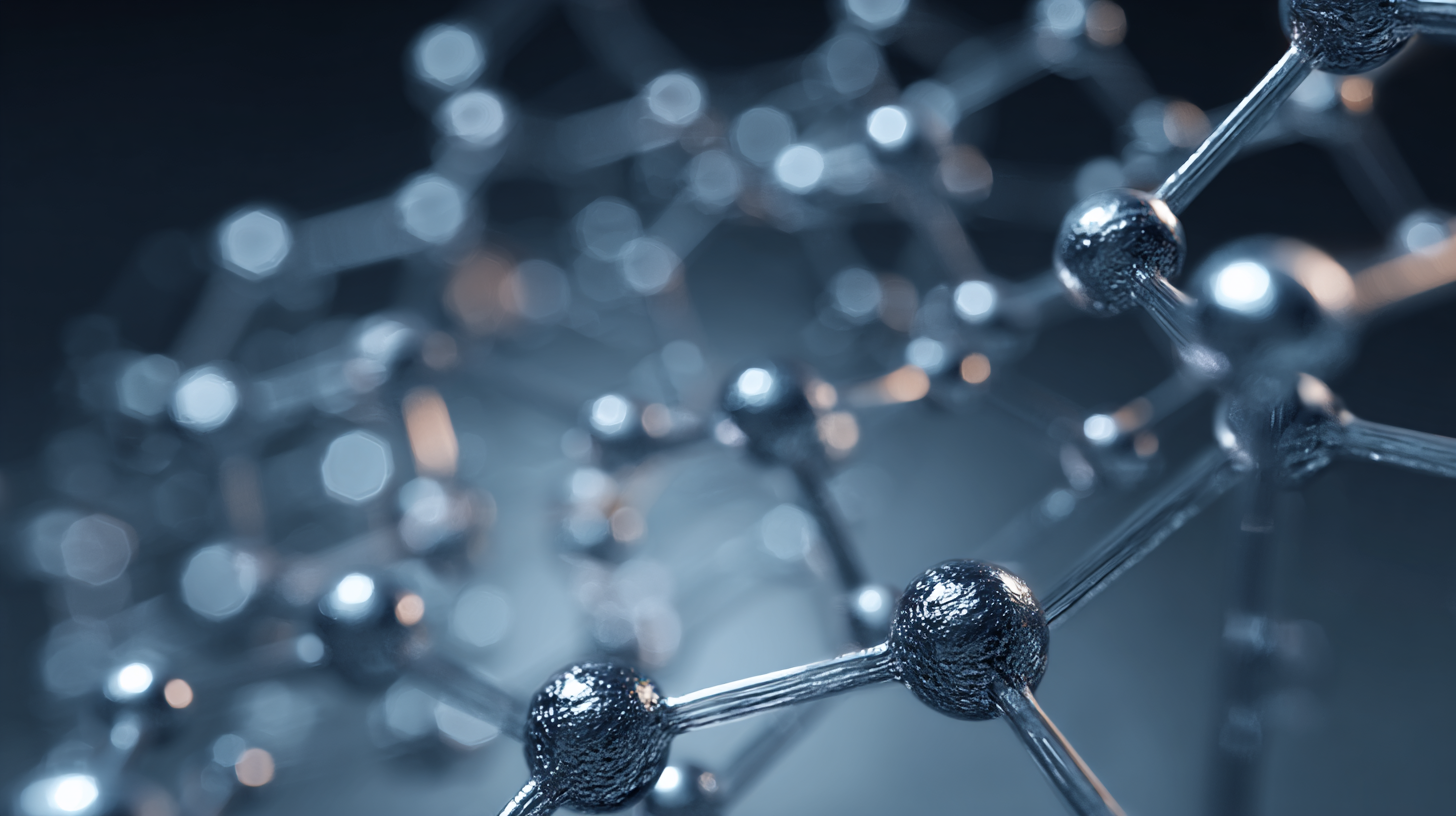 Aluminium oxynitride, often referred to as ALON, is gaining traction as a transformative material in semiconductor manufacturing. Its exceptional optical and thermal properties allow for advancements in microelectronics, paving the way for smaller and more efficient devices. With its unique ability to withstand high temperatures and harsh environments, ALON is becoming integral in the production of semiconductors, where precision and durability are paramount.
Aluminium oxynitride, often referred to as ALON, is gaining traction as a transformative material in semiconductor manufacturing. Its exceptional optical and thermal properties allow for advancements in microelectronics, paving the way for smaller and more efficient devices. With its unique ability to withstand high temperatures and harsh environments, ALON is becoming integral in the production of semiconductors, where precision and durability are paramount.
Tip: When integrating aluminium oxynitride into your manufacturing processes, consider its compatibility with existing materials and technologies. Conducting thorough tests can reveal insights into how ALON interacts with other elements in your semiconductor assembly, ensuring a seamless integration.
Moreover, the high transparency of ALON at various wavelengths opens up opportunities for innovative applications in photonics and optoelectronics. This versatility not only enhances the performance of semiconductor devices but also contributes to the reduction of power consumption, aligning with industry trends towards sustainability.
Tip: Stay updated with the latest research on aluminium oxynitride to explore its evolving applications. Collaborating with material scientists can help you better understand how to leverage ALON for your specific needs, ultimately driving innovation within your projects.
Aluminium oxynitride (ALON) is gaining attention in the medical field due to its remarkable biocompatibility, offering a promising alternative to traditional materials used in medical devices. One of the key benefits of ALON is its unique combination of properties, including high strength, transparency, and chemical stability, which make it suitable for a variety of applications in biomedicine. For instance, its resilience and resistance to wear and corrosion enable the production of long-lasting implants and surgical tools, thereby reducing the risk of complications during and after procedures.
Furthermore, studies have shown that ALON exhibits favorable interactions with human cells, demonstrating its potential for use in implantable devices. Its non-toxic nature minimizes the risk of inflammatory responses, enhancing patient outcomes and promoting faster recovery times. As researchers continue to explore the intricacies of ALON's interactions within the biological environment, the prospects for its application in medical devices appear promising, opening new avenues for innovation in the industry. With ongoing advancements and insights, ALON could play a crucial role in the evolution of safer and more effective medical technologies.

